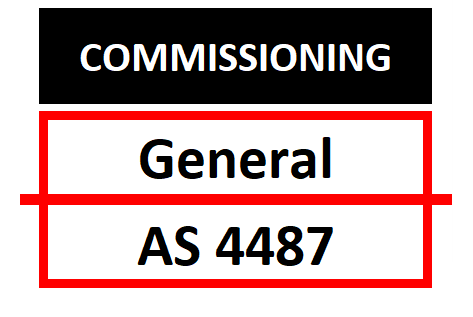| |
| COMMISSIONING A FIREPRO SYSTEM |
The requirements of a installation are documented in the applicable standard.
▪ General Installations AS-4487
▪ Mobile Plant installations AS-5062
▪ Marine Installations are regulated by AMSA and MED regulations. |
 |
 |
 |
The exact processes for commissioning will be determined by the risk analysis and the design. In general you need to :
▪ Inspect the installation for all aspects of the design.
▪ Test wherever possible detection, alarm and activation.
▪ Document the process. Copies of all should be in the logbook
▪ Commissioning Checklists are available on our website to download |
| FIREPRO SYSTEM ACTIVATION |
| What Happens |
Upon actuation the solid aerosol-forming compound FPC will undergo a combustion reaction generating the fire extinguishing condensed aerosol. Visibility will be restricted in the area as the discharge is a white gas. The compounds released are non-toxic and do not reduce the oxygen in the area. If a person is inside the risk area GET LOW AND GO SLOW to exit the risk area. |
| Residue |
Residue of particulate matter after discharge of FirePro Aerosol Generators is approximately 30-35% of the aerosol weight of the generator. Example – 100g FirePro Generator will leave 30-35g of dust like residue distributed around the risk area. Does not produce any corrosive halogen acid by-products in its reaction with the fire. |
| Cleanup |
The residue is non-toxic and non-corrosive, it is very dry as a result of the aerosol process so will attract moisture if not removed. This build up of moisture could be a cause of corrosion over time. The chemical nature of the residues (potassium salts) is slightly alkaline PH is approx. 8. Cleanup of the area is best achieved with a damp cloth, broom or vacuum cleaner. |
  |